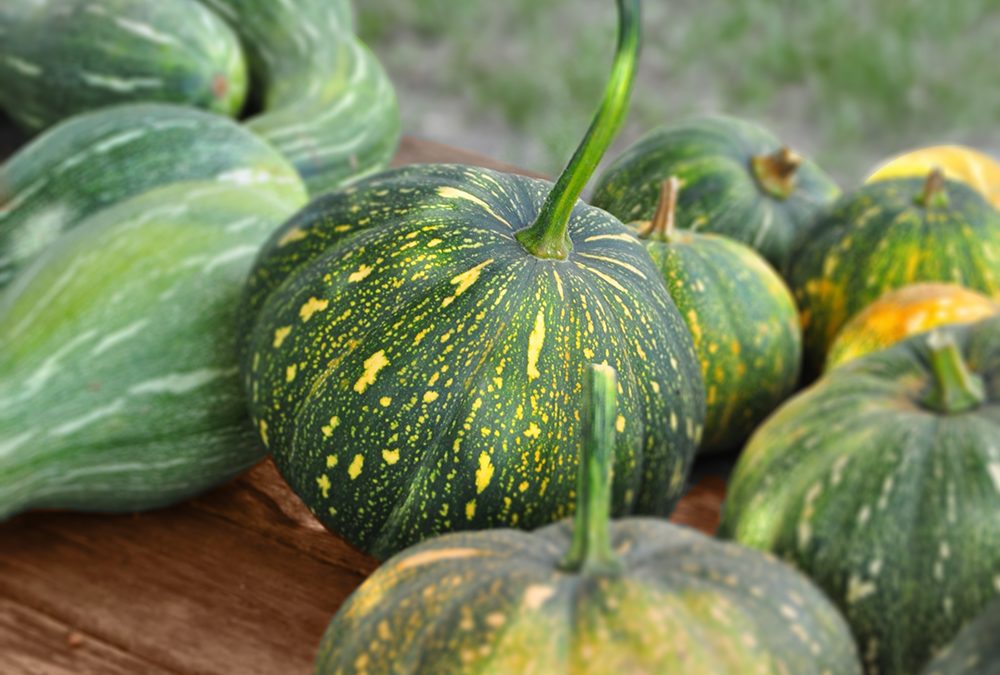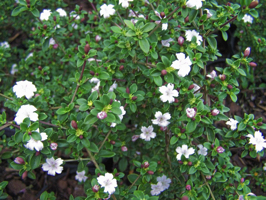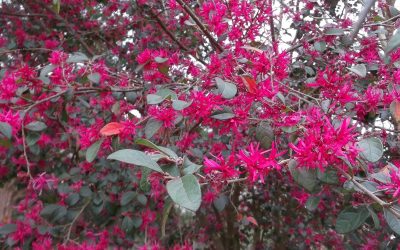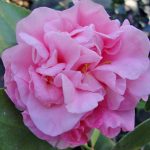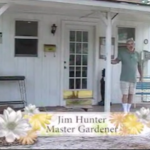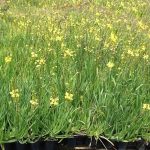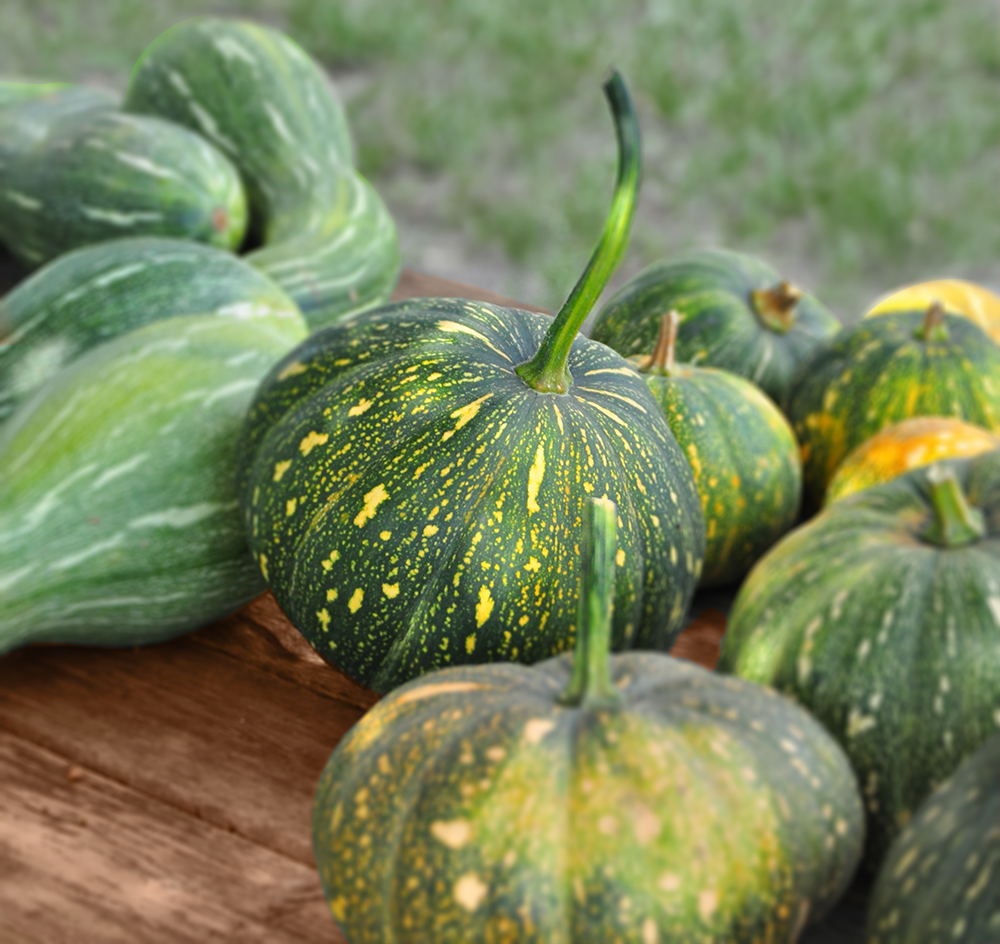
Are you having trouble growing vegetables in our hot Florida summers? The Seminole Pumpkin is an answer to the gardener’s woes. This could be the easiest vegetable you’ll ever grow.
The Seminole Pumpkin is a native plant of south Florida. Florida Indians and early European settlers cultivated it. Almost lost in modern time, the Seminole Pumpkin is making a great comeback as an easy summer season vegetable.
The fruit resembles a winter/acorn squash, but much larger. The shape of the fruit varies, mostly oval or oblong. The color ranges from variegated greens, yellow to a dull orange. This thick-skinned fruit can be stored at room temperature for months. The pumpkins are generally 6 – 10 inches in diameter and weigh as much as 8 – 12 pounds.
The Seminole Pumpkin is a dream come true for the organic gardener. Can you believe a plant with no insect problems? References say gummy stem blight, a disease, can occur, but this grower hasn’t experienced it. Plant your seeds in a large area so the vines can run on the ground or climb on a fence or trellises. Seeds are generally planted ½ to one inch deep, with hills 5 – 6 feet apart. Little fertilizer is needed for the Seminole Pumpkin. Fertilize at the time of planting and about six weeks afterward. Over fertilizing will make the plant produce a lot of leaves with little or no fruit. Cross-pollination is common so planting should not be within a half mile of other cucurbits (squash, pumpkins and gourds). Seminole Pumpkins can be planted almost any time of year except the dead of winter. Spring or summer is the best time to plant. The harvest is ready in about 95 days, but the vines will produce until the first frost.
The fruit is sweeter than other cucurbits, yellow or orange in color and not stringy. It can be baked, steamed, boiled, fried or sun-dried as the Florida Indian did. Our native pumpkin makes great pies and bread. The Seminole Pumpkin is a hardy plant that can take both drought and wet conditions. Plant some seeds soon and enjoy this wonderful vegetable.
Don’t forget to watch SGTV (Seminole County Public Television) Bright House Channel 199 for a new show on Seminole Pumpkins. They have also filmed a lot of ‘Short and Sweet’ segments with Jim that are showing now so keep an eye out for our star of the farm.
Good Growing,
Jim
Cast Iron Plant (Aspidistra)
The cast iron is an old plant known to be a potted plant in Egypt over 3,000 years ago. It was widely grown as a popular houseplant in this country from 1870 to 1940. Do you remember the song “How’s your aspidistra”? It will tolerate a wide variety of growing...
Serissa (Foetida)
Need a small flowering shrub for a shady location? Serissa could be the plant for you.
LOROPETALUM CHINENSIS (Chinese Fringe Bush)
Wow! Is an expression often used when seeing a Loropetalum in full bloom. A former “Florida Plant of the Year”, this hardy bush has become very popular in recent years. This shrub has great leaf color, flowers often and is cold hardy. Its foliage is a reddish-purple...
LOQUAT (Eriobotrya Japonica)
The Japanese Plum is such a great little tree. Naturally well-shaped and growing to 25 feet, the small evergreen has thick, stiff leaves. The Loquat is cold hardy to 12 degrees F, and has no insect problems. Now if that is not enough, this beautiful specimen tree...

